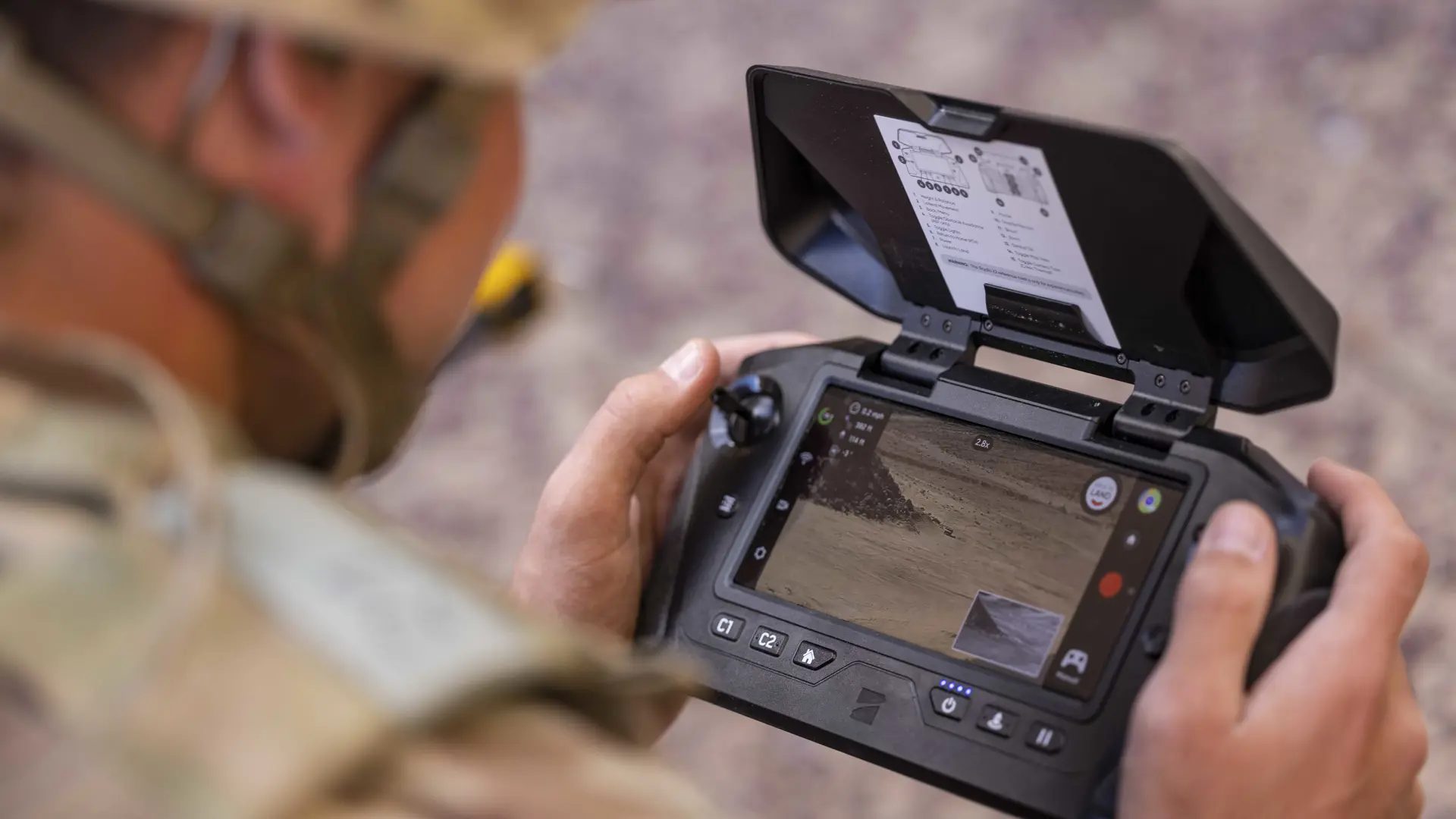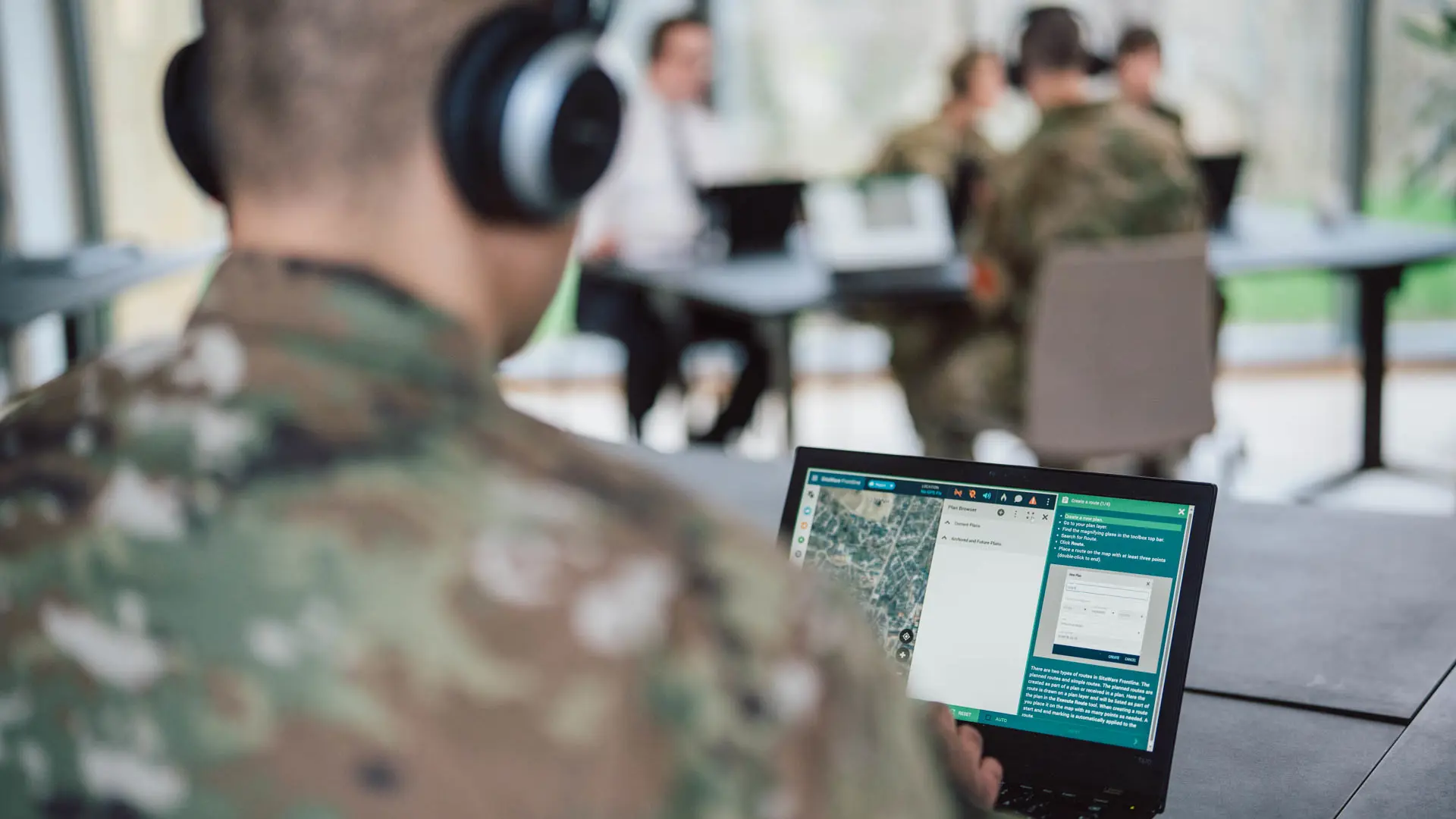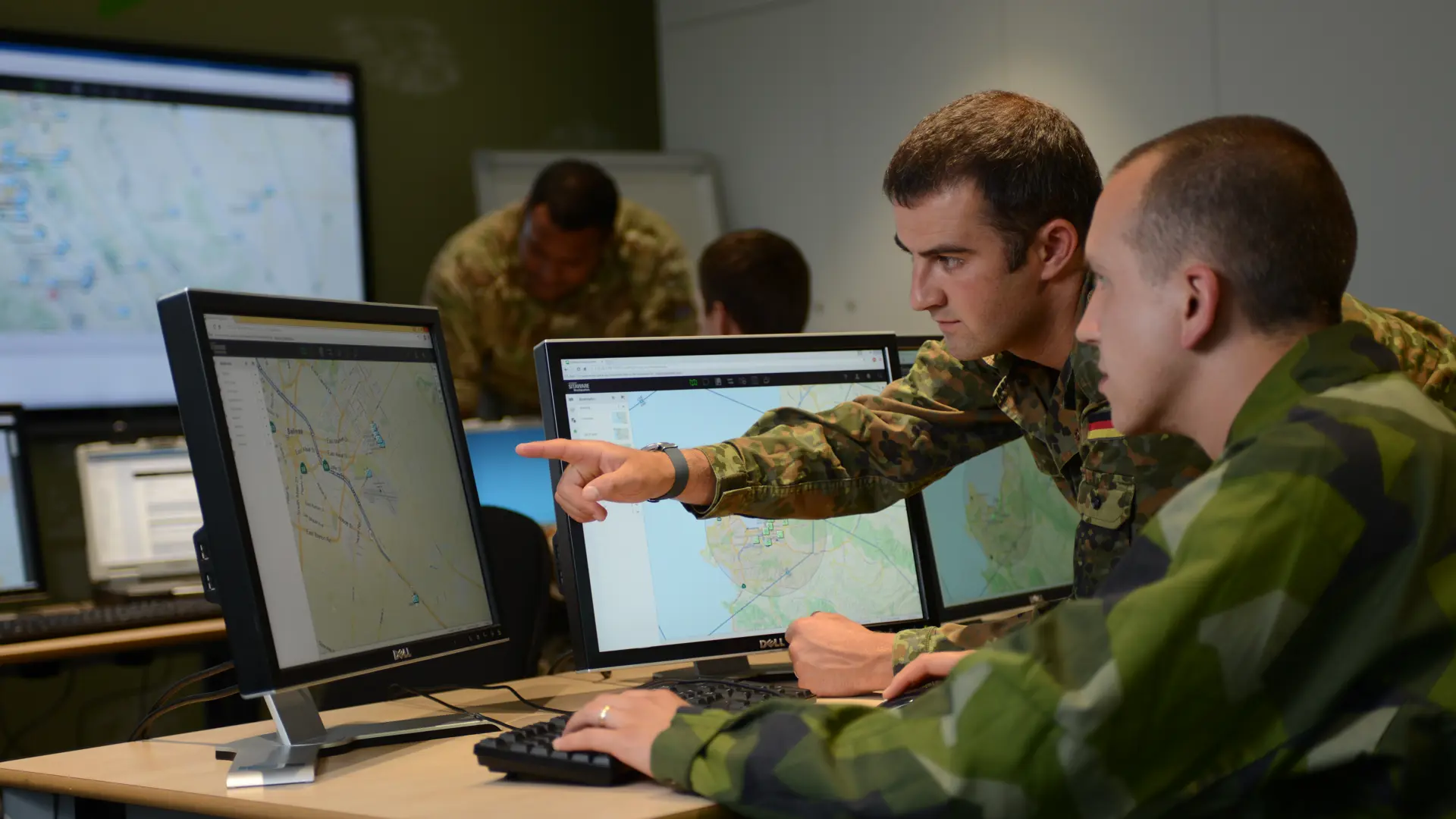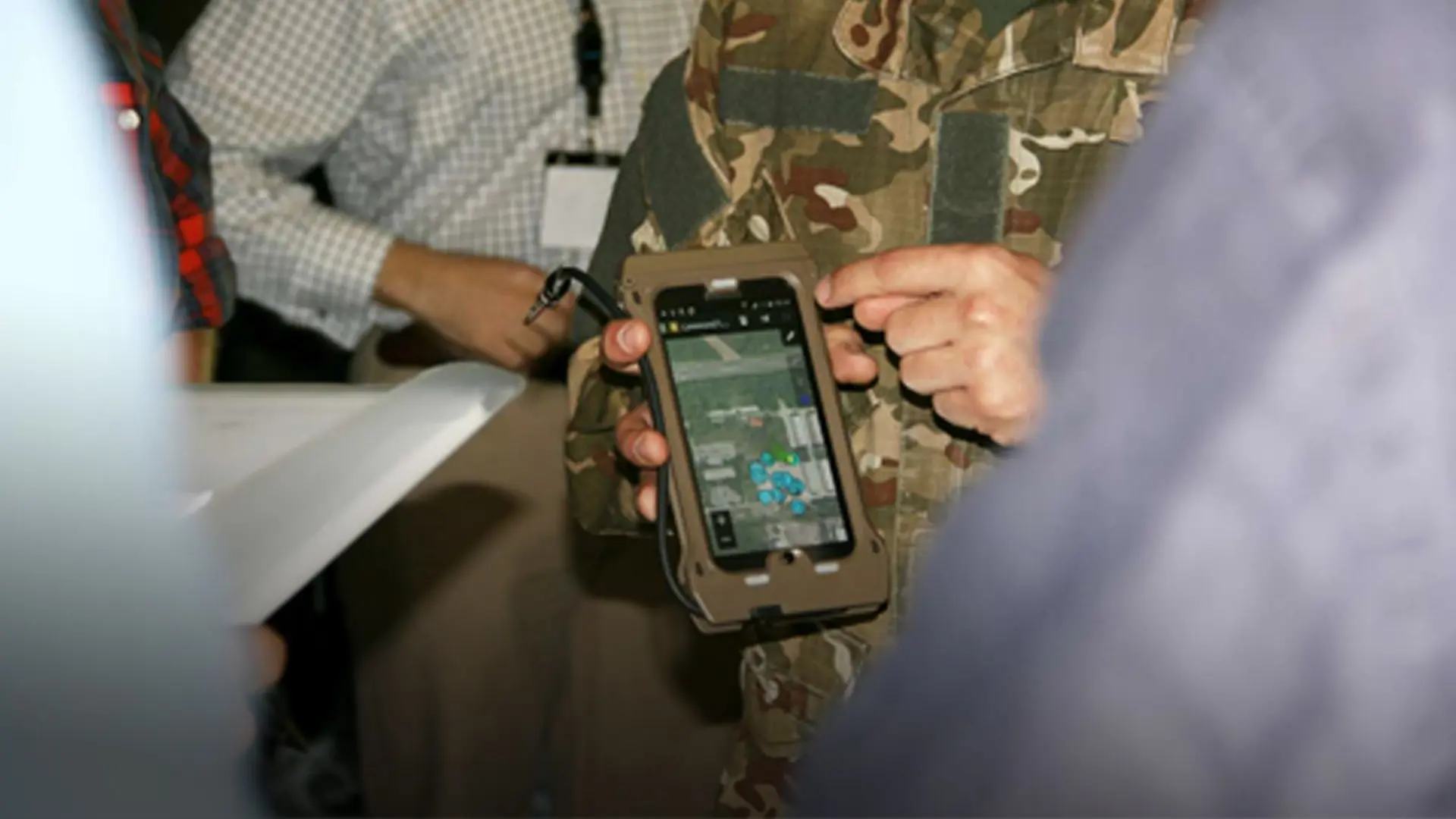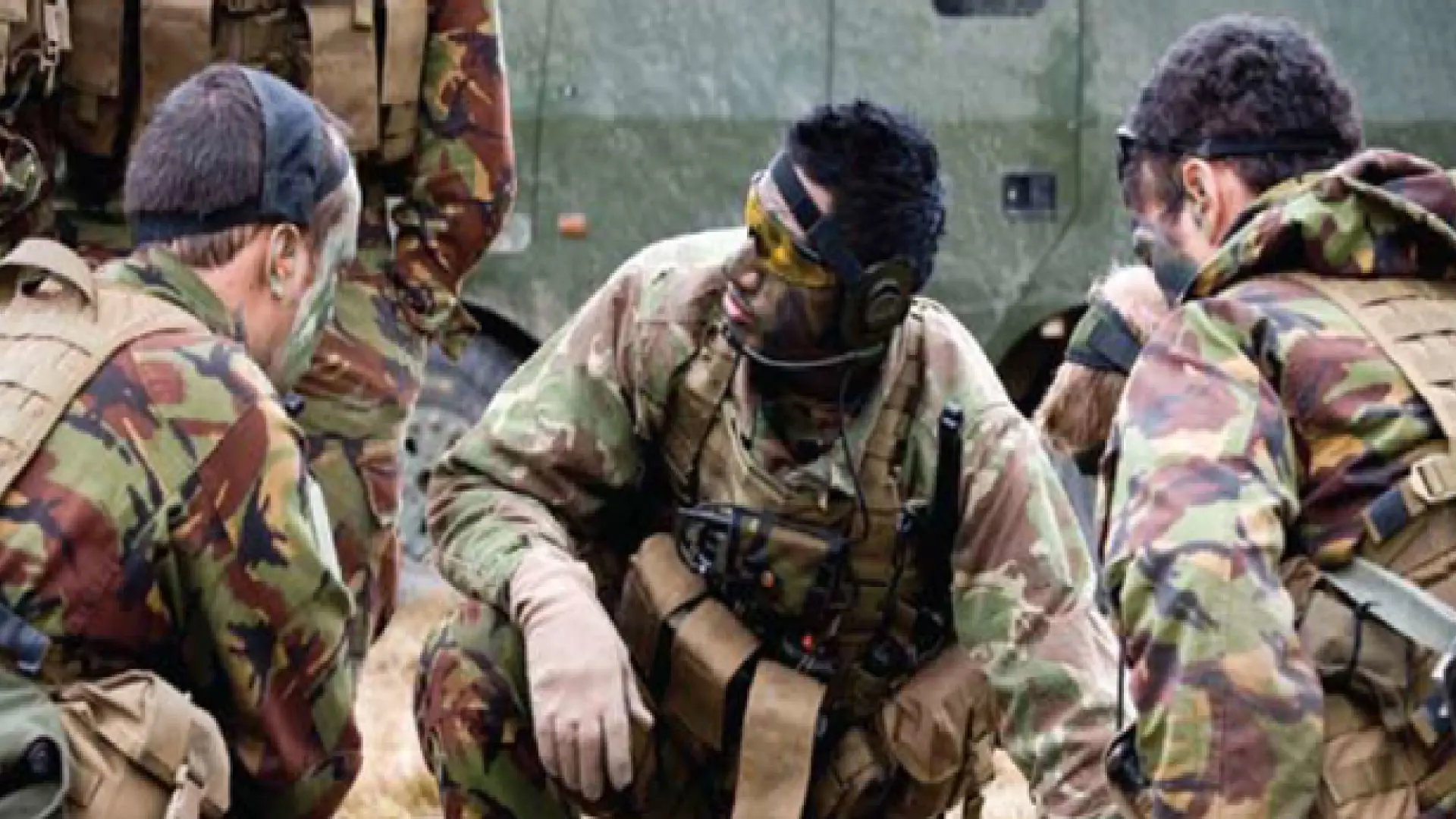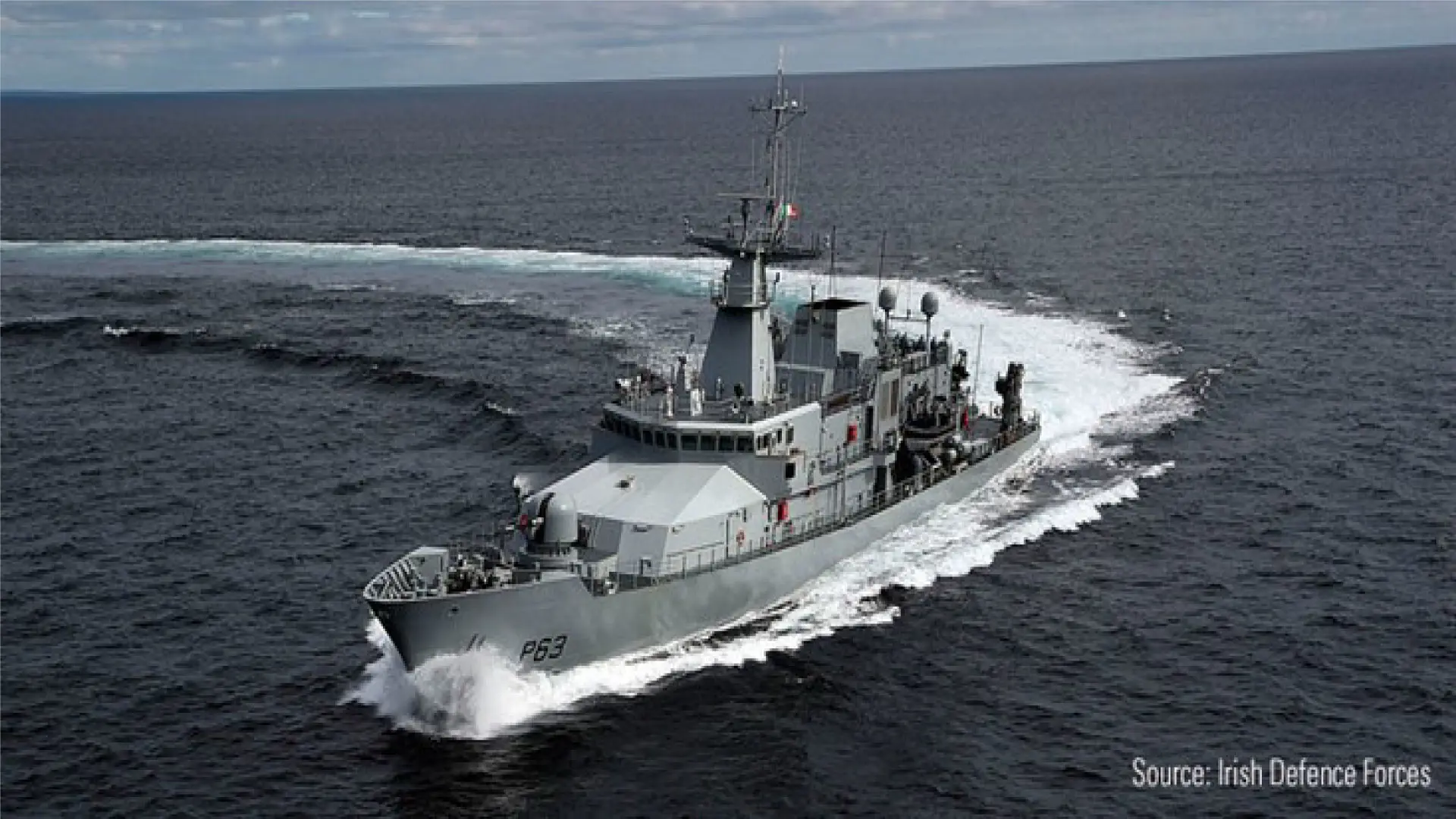Unmanned oversight: How Unmanned Aerial Vehicles (UAVs) have transformed C4ISR
Unmanned Aerial Vehicles (UAVs) are crucial in the modern battlespace, with huge numbers active in the Ukraine war. The systems can be used in various applications, but their deployment in C4ISR provides key opportunities – and challenges – for commanders.
There are huge numbers of UAVs – or drones – on the battlefield today, with unprecedented numbers used in Ukraine. Some estimates suggest that thousands of platforms are lost in that conflict every month.
And their importance is only set to grow; for example, Ukrainian President Volodymyr Zelensky has said his country will produce 1 million of the platforms in 2024.
The utility of using UAVs in C4ISR is obvious, providing crucial intelligence across the battlespace. Henrik Sommer, a former Brigadier General in the Danish Army who oversees the SitaWare Insight at Systematic, said the proliferation of smaller, commercial-off-the-shelf (COTS) UAVs in Ukraine has been a key lesson from the war, delivering decentralised intelligence:
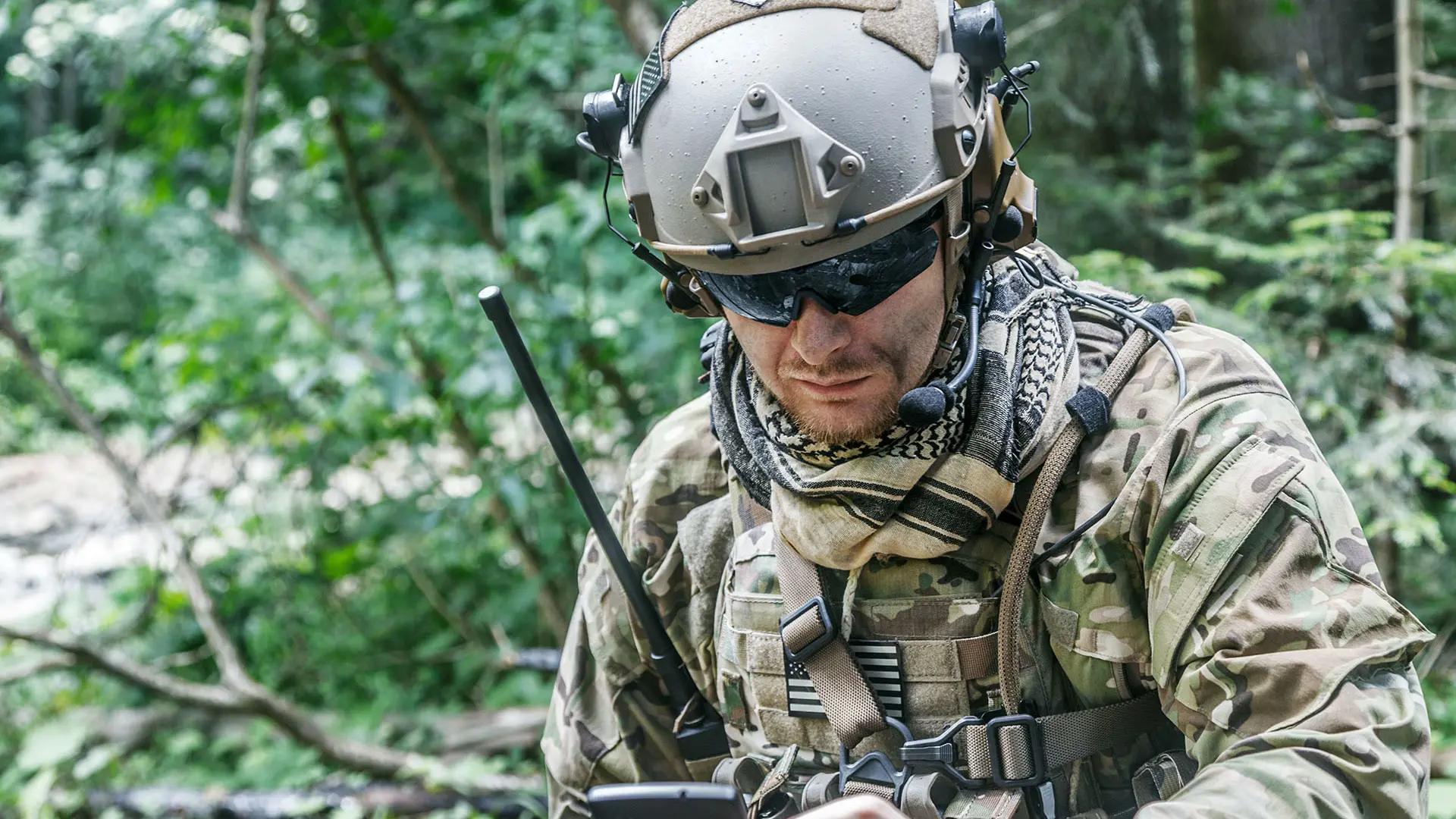
“Intelligence is being delivered immediately to platoon commanders, for example,” Sommer noted. “You don’t have to spend time sending the request [for intelligence, ed.] up the chain of command and then wait for a reply. You can get instant feedback.”
The proliferation of these inexpensive systems has massively expanded surveillance capabilities, down to company and platoon level, with personnel utilising small UAVs to monitor the surrounding terrain for kilometres ahead.
“They can look at what’s behind the next hilltop without endangering any of the soldiers,” said Sommer. “The dangers on the battlefield – and their psychological effects – have been changed significantly including headquarters and command posts at the operational and tactical echelons. The Command and Control must be adjusted to this new reality and our products take this into account.”
Proliferating sensors
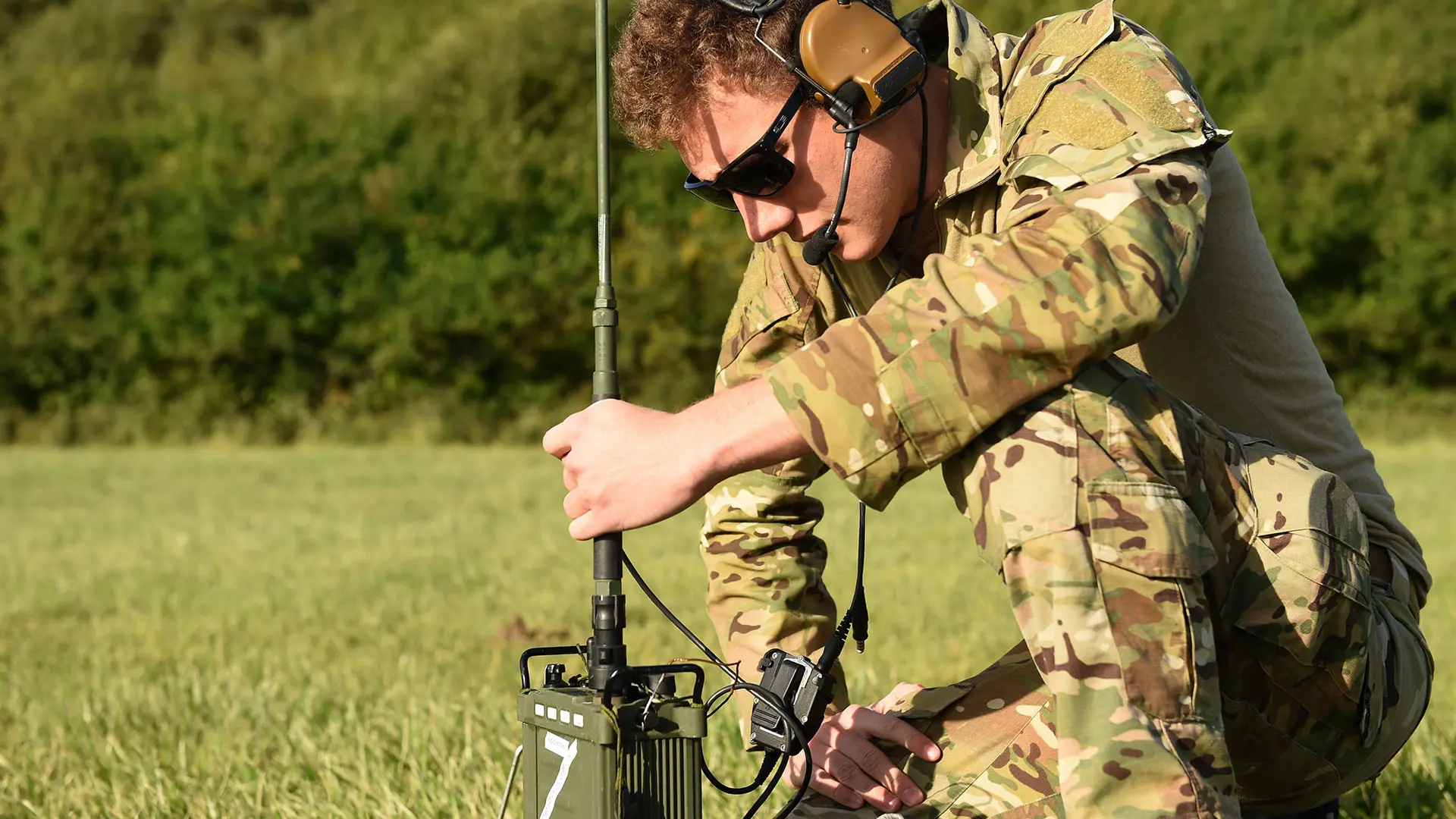
The proliferation of UAVs provides key advantages in military overwatch and force protection. The low-cost systems, deployed in great numbers, have massively boosted the reconnaissance capabilities of armies, enabling them to monitor individuals and perform sophisticated terrain analysis.
Adam Philpotts is a Senior Sales Support Engineer at Systematic and a former Communications and Information Systems Specialist in the British Army. He underscored the capability of small UAVs even at the lowest levels, providing an ability to manoeuvre in diverse environments, especially at close quarters. For example, they could look over compound walls or around defined areas in urban environments.
“That is invaluable: it doesn’t matter if you lose a drone, but it certainly matters if you lose a soldier.”
However, the sheer volume of data generated by the assets poses challenges and opportunities, demanding cutting-edge fusion and analysis capabilities. Previously, a reconnaissance unit would deploy a UAV, evaluate the footage, then produce a report. However, the deluge of footage and other data produced by UAVs today makes this process impossible in many cases, noted Alex Roschlau, Trainer at Systematic and a former intelligence officer in the German Armed Forces and an Eurocorps analyst.
It means UAV operators at all levels “often have to deal with raw data and evaluate it themselves, and also make an assessment themselves”.
Artificial Intelligence advantage

Technological advances are helping to meet this challenge, Roschlau noted. For example, he highlighted the continued evolution of Artificial Intelligence (AI), which can analyse data and identify items of interest, such as a tank or a command post. “AI is not yet perfect, but this will have a huge impact,” he said.
UAV imagery is notoriously difficult to unpick, said Philpotts, and can be impacted by factors outside of the user’s control, such as resolution, bandwidth constraints or latency. This means there must be a layered approach, he said. “You’re never going to prosecute an action off UAV information alone – there always has to be checks and measures to corroborate what you’re viewing,” he explained.
However, it provides a significant advantage by enhancing information that is already “suspected or known”, Philpotts said. This capability will be boosted with the addition of AI, he added, which will minimise “the human side somewhat, as it can provide warnings and indicators for you.”
There are natural limits to the use of UAVs in intelligence gathering. For example, Philpotts said that manoeuvrability in the electromagnetic spectrum is a continued challenge.
It is “only as good as the frequencies you can communicate on – if that communication link is not stable, you will not get the data.”
There are also procedural challenges to consider, for example around the technological ceiling of the systems and the dividing line between land assets and air assets. At what point do they cease to be army assets and become air force assets?
“As these things become more prevalent, we’re going to need to take that into account – not just the management of frequencies, but the ability to manage the battlespace environment around them.”
This demands a sophisticated UAV drone management approach, something that places the assets into the context of the wider battlespace, ingesting data from multiple feeds. This is a key focus for SitaWare Insight and SitaWare Headquarters. “If it's not controlled, if it's not managed correctly, then it's going to cause fratricide, in some cases,” Philpotts warned.
A multi-domain battlespace
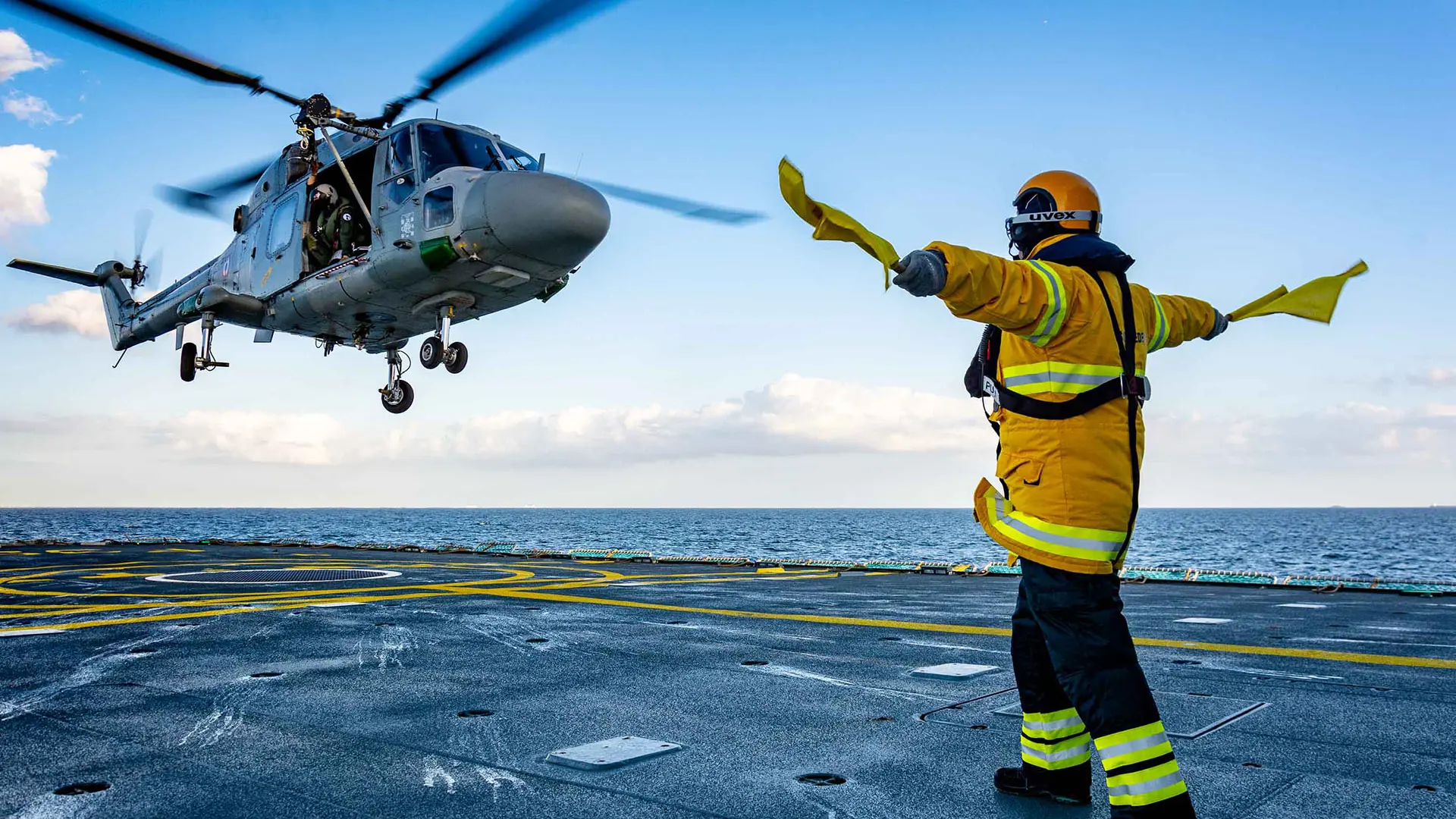
In the evolving battlespace, the strategic use of UAVs must be placed in a wider context. Militaries are increasingly focused on multi-domain operations (MDO) or joint all-domain command and control (JADC2), with increasing integration of assets across domains providing significant force multiplication.
This means that intelligence generated by UAVs will be just one strand of an increasingly complex C4ISR picture, including data from other unmanned assets, such as Unmanned Underwater Vehicles (UUVs) or Unmanned Surface Vessels (USVs).
How can militaries make sense of these disparate sources of information to produce actionable intelligence? Cutting-edge C4ISR software such as SitaWare provides a key advantage, according to James Munt, a Business Development Manager at Systematic who was previously an Intelligence Officer in the UK Royal Navy.
“It’s taking multiple feeds, analysing fused information to produce usable intelligence, displaying it in a format that is easy to digest and can be effortlessly shared by commanders to their teams,” he said, also pointing to the software’s ability to collaborate with other national militaries, even those not using SitaWare.
This requires a detailed and granular approach, said Philpotts, fusing disparate feeds and presenting information to operators and empowering them to interact with the data: for example, through placing iconography on a map, taking stills of information, and augmenting it for others further along the chain.
“Once you overcome the limitations, you can use the suite to wrap all this information together and build a coherent single source of information for managing the battlespace.”


